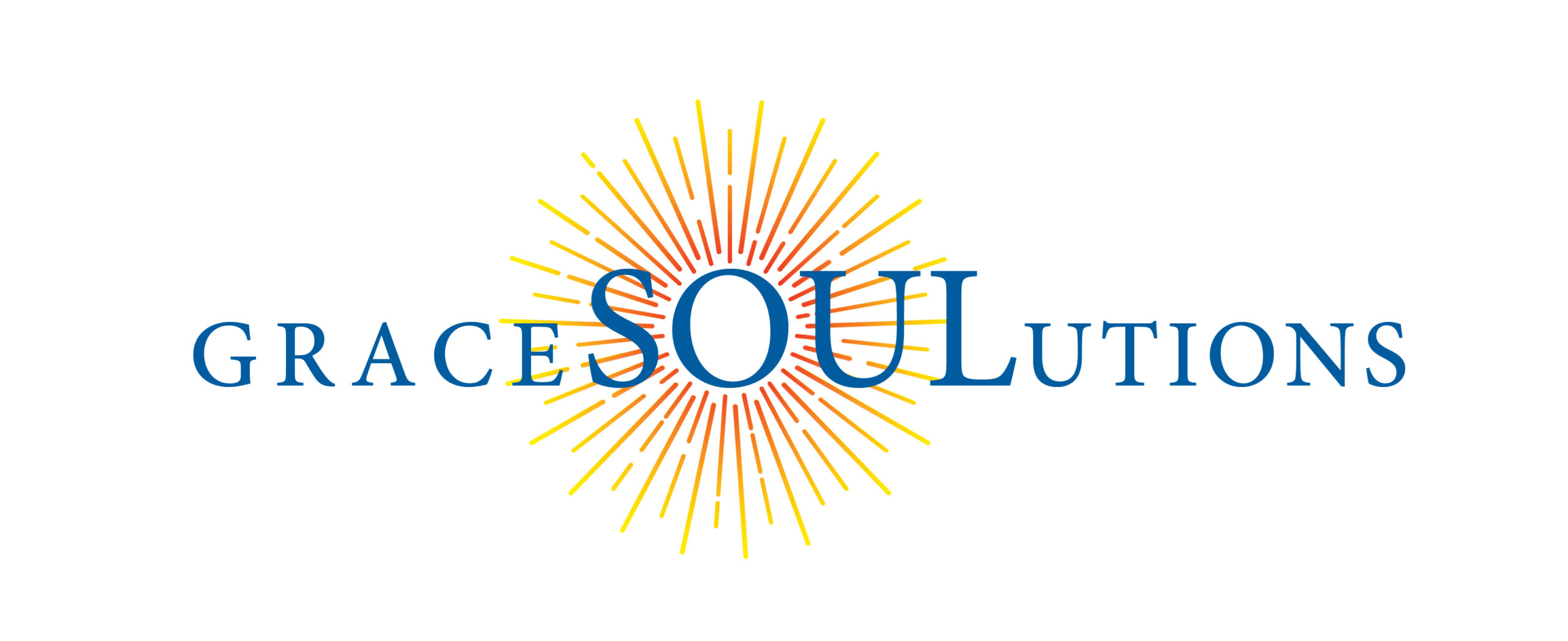If you’re a sensitive, introverted, conflict phobic person, who would love to be able to communicate your thoughts, feelings and desires, without the feeling of being overlooked, overshadowed and overwhelmed in your communication, so that you can have that happy and harmonious relationship. Stay tuned for fun and valuable information.
Hi, I’m Grace, and welcome to the COMMUNICATES Game video series. Now, if you have missed the previous videos, and this COMMUNICATES Game video series, that’s okay, stay here for now. And you can always catch up to those videos later.
So in this video, we’re going to talk about misunderstandings, or what happens when a communication breaks down. When communication is lost, or the understanding is lost, because there was a breakdown in the communication. And to talk about misunderstandings, or about communication breakdowns, of course, we’re going to use our four communication characters. So let’s get started.
All right, so our first communication character is Stance. So Stance, of course, is our confident communicator. And here is Stance, all right. So when a communication breakdown occurs, or when some misunderstanding may have occurred, Stance is going to be the type of person that is likely to find out what happened and perhaps take him or herself accountable for perhaps the misunderstanding that has occurred. So Stance is going to want to know what happened. And of course, then make sure that he or she takes accountability if necessary to the communication breakdown, and then figure out how to pivot so that the communication can continue. So an example might be, you know, if Stance happens to be talking to a person while that person was busy, and the person didn’t listen, or didn’t hear what Stance might have said, and then there was a misunderstanding of what the person wants to do, then Stance is going to say, “well, I said this, but perhaps you didn’t hear me because you were distracted. And I should have realized not to converse with you or tell you these instructions until you were less distracted.” So Stance then will make sure that next time that he or she gives the instructions or the information that the person is not distracted by other things. And so, that would be how Stance as a confident communicator might deal with communication breakdowns or when misunderstandings occur. So you perhaps you are like Stance, and in some situations, you might say “this is what I did. And now I know what to do better next time.”
All right, moving on to our next character. So here we have Brash and Brash is our arrogant communicators. So let’s welcome Brash All right. So Brash might be a type of person that when a communication breakdown occurred, that he or she may not take full responsibility. And in other words, Brash might likely to put the blame on the other person. So again, remember Brash is type of person that wants to make him or herself look good. And so by making himself look good, it’s having to make the other person look not so great. And one of the ways to do that is to put the blame on the other person. So if a misunderstanding occurred, or there was a communication breakdown, you know, again, if the other person was distracted, then Brash might say something like, “you know, I told you this, obviously, you didn’t hear me well next time when I tell you something, you need to stop what you’re doing and pay attention to what I am telling you.” So Brash is likely not going to hold him or self accountable in a way that Stance might have done Brash is going to most likely, because again, making him or herself look great. So would most likely put the blame on the other person for the misunderstanding (that type of attitude). Now sometimes, because like I mentioned before, there are no good or bad characters. Sometimes it is necessary perhaps to be like Brash, you know? In some situations, perhaps, it is not fully Brash’s responsibility. It might be the other person’s responsibility and so Brash may feel he or she is right. Or perhaps he or she has the reasoning to say, “You know what, next time, you really need to stop what you’re doing, and listen to what I’m telling you,” because perhaps it might be something of an emergency, something urgent, and, you know, Brash might say, “you know, I did call your name, and I did say that this was important, and I need you to, to listen to this, and you didn’t.” So in that case, perhaps, you know, there might be some situations where you might need to be, like, Brash, and say, “Hey, you should have listened.” So it’s, I don’t want to say putting the blame, and I know I used that word earlier, but it’s just to put the responsibility or the accountability on to the person and maybe perhaps, with Brash, sometimes you need to put more of that accountability on the other person, depending upon the situation. So sometimes, yes, it can be a little bit tricky. And that is why, you know, communication is like a game, right? Because sometimes you have to maneuver around obstacles. And misunderstanding is one of those obstacles that I have mentioned in the previous videos of when I talked about obstacles, and misunderstanding happens to be one of those. So again, it’s how to maneuver around it. So anyway, that might be helped Brash with deal with a misunderstanding, is putting the accountability or the responsibility on to the other person for why the misunderstanding occurred.
And so our next character is Gray, and Gray is our timid character. So let’s meet Gray. All right, so when a misunderstanding occurs, Gray is most likely going to be the type of person to say, “I’m sorry.” Gray is just going to apologize for the misunderstanding that occurred. So you know, an instruction was given to Gray, obviously, Gray might have been distracted, and didn’t fall through or something? And the person comes back to Gray and say, hey, you know, why didn’t you do this? Or, you know, I said this, and this was not done correctly. And Gray is gonna most likely just say, “I’m sorry, I misunderstood you. I didn’t hear you properly out corrected right now. And I’m just very sorry,” not going to say, Oh, you did this, or you could have done this no Gray, it’s just going to take the full responsibility that okay, the misunderstanding occured, yes, it was my fault, I could have done better. And now I’m going to remedy the situation as best to my ability, so that we can just move on from this experience, because again Gray doesn’t necessarily feel comfortable when there’s an argument or conflict. So Gray is just going to apologize and fix the problem. And try then to have it move on. So that the conflict and the argument can be resolved. So that might be like you or you might know somebody who is like Gray. And again, in some situations, you know, that’s might be the best way, you know, you were given some instructions, and you know, you didn’t follow through or the person didn’t follow through. And sometimes the best way is just to apologize, try to fix the problem if you can, right then and there or as quickly as you can, and then hopefully, that just solves a problem. So that way, everybody is no longer upset and then conversations, activities can carry forward.
Okay, and then of course, we have our character Blend and Blend is our Shape Shifter communicator. Yay, there’s Blend. So Blend is a type of person that can sense the mood of the person or of the room. And if a misunderstanding occurs, Blend is the type of person that’s going to see the situation and then decide perhaps you know which character or characters he or she is going to be in to help to solve the misunderstanding to help to repair the communication. And so in some situations, Blend is gonna maybe perhaps start off as great apologize, fix it, and then perhaps be like Stance and say, You know what, I take full responsibility. I should have like clarified with you when I wasn’t sure next time, if I’m not sure I know what we’ll know to ask the questions I need to ask whatever it might be.” So and in some situations, it might be that Blend decides he or she needs to be more like Brash and then perhaps then move to a Stance or you know, move on to a different character. So, again, Blend is going to just see the situation figure out what would be the best way to be, you know, what character communication character to be to solve the problem to resolve the communication breakdown to resolve the misunderstanding, so that the next time it won’t occur or if it does, he or she knows what to do, and or hold himself or herself accountable if a mistake happens. So it all just really depends on the situation. And that’s what Blend is good at its Blend is good at being the shapeshifter and figuring out which character or characters to be to solve the communication breakdown, and to solve the misunderstandings. And so that hopefully doesn’t happen again the next time or knows how to solve it when it occurs, so that everybody hopefully can move on.
So before I move on to our next character, I just want to let you know that for our next video, we’re going to see how the four characters Stance, Brash, Gray and Blend deal with nurturing feelings in communication. So stay tuned for that video next month.
Alright, so this is the goal that we want for you to be the Communication Character. Yay! And this is the Communication Warrior: You! Where you can communicate your thoughts, feelings and desires, and be able to repair any misunderstandings or communication breakdown, as you want to be to repair your communication breakdown or misunderstandings so that no matter in whatever situation or the person you’re speaking with, you feel like that Communication Warrior that you are being the character the communication character or characters you want to be when dealing with the communication breakdown and the misunderstanding.
And if you don’t feel like you’re a Communication Warrior yet, then I invite you to visit my website, GraceSOULutions.com That’s GraceSOULutions.com to see how you can book a free communication breakthrough session with me where we will discover five obstacles that stopping you and one action step that you can take to move you forward.
So until next time, go and have fun communicating!
If you’re an introverted, sensitive, conflict-phobic person who would love to become and feel like a communication warrior then click below to book your free Communication Breakthrough Session where we will discover 5 obstacles that is stopping your from becoming a communication warrior.
Warm regards,
Grace CW Liu
Communication Coach & Navigator
W: GraceSOULutions.com



